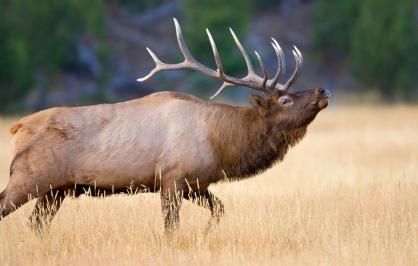
The southeastern United States contains some of the most biologically diverse and economically important forest and freshwater systems in the world. Longleaf forests in particular host a rich suite of plant and animal species, rivaling tropical rainforests. Southeastern streams and rivers support nearly two-thirds of the freshwater fish species found in the United States, with more than a quarter of this region’s freshwater species found nowhere else in the world.
These natural resources serve as critical drivers for the southeastern economy. Southeastern forests supply 63 percent of the total timber volume harvested in the United States, and 19 percent of the global pulp and paper supply. Southeastern rivers that once powered textile mills and industry now provide irrigation for a multi-billion dollar agricultural economy, drinking water for millions of residents, and numerous water-based recreational opportunities.
At the same time, this economic dependence on natural resources has created strain on the species within. Since the 1600s, humans have been altering the southeastern landscape through clearing forested lands for agriculture and urban development, converting naturally occurring longleaf pine forests to other species allowing more intensive timber management, constraining natural processes like fire, and altering rivers and streams through impoundments, ditching and irrigation.
Conservation Needs & Strategies
NFWF’s Longleaf Forests and Rivers Business Plan addresses two habitat types critical to the fish, wildlife and people that rely on these systems: longleaf pine forests and freshwater habitats.

Longleaf Landscape Stewardship Fund
The National Fish and Wildlife Foundation’s Longleaf Landscape Stewardship Fund expands, enhances and accelerates longleaf pine ecosystem restoration across longleaf pine’s historical range throughout the southeastern United States.
Learn More




